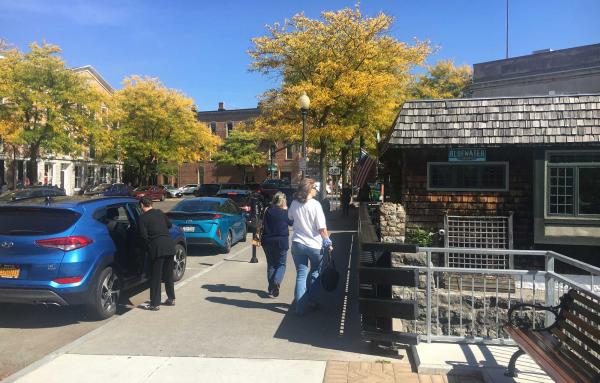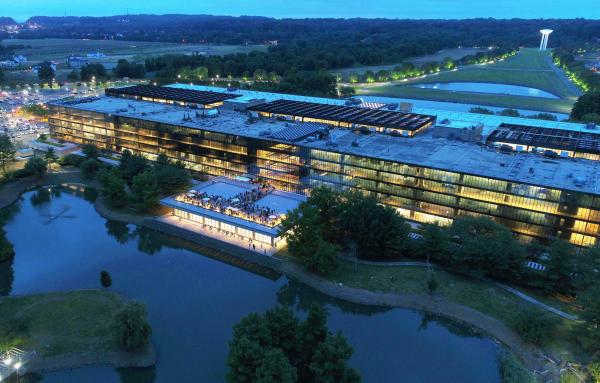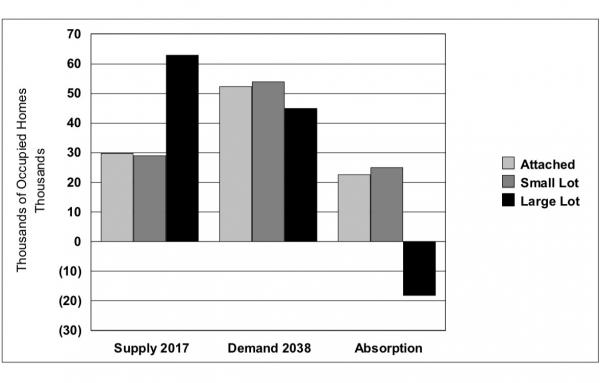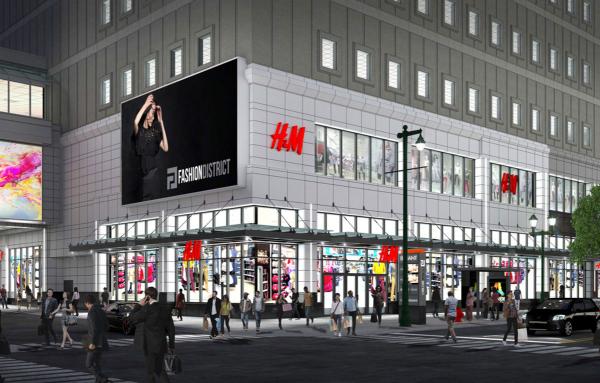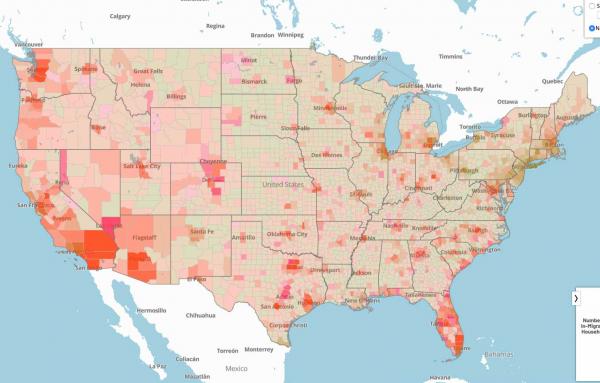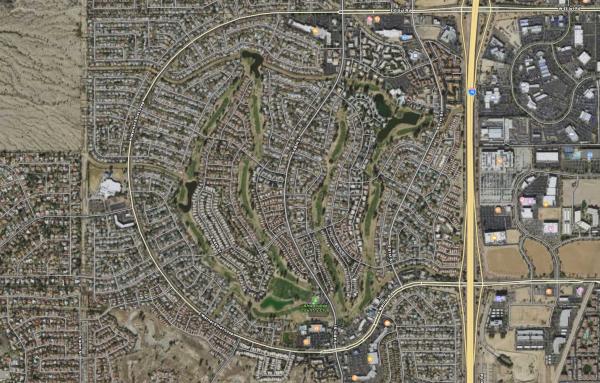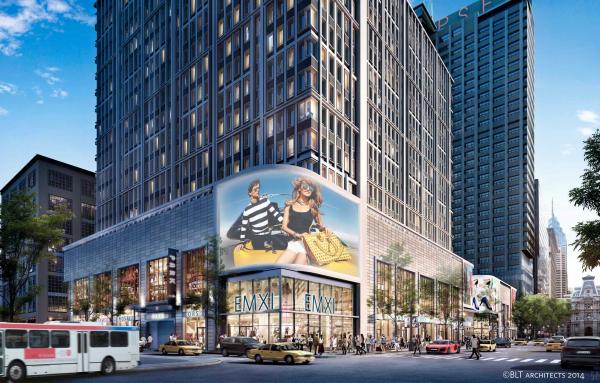Markets
Core cities are losing population to the suburbs, but the 2020s will not repeat the last half of the 20th Century. The suburbs are bound to urbanize.
Market and demographic trends could lead to revival of smaller American communities, according to a report.
As people move out of city centers into suburbs, keys policy changes and trends could help to make suburbs more walkable and affordable, according to panelists at a National Press Foundation event.
Arthur C. Nelson, of the University of Arizona, reports that preference for walkable communities and changing demographic needs will impact large-lot single-family housing. Changes in government policy are needed to avert a crisis.
The post-COVID-19 economy will mean hardship for communities and urbanists, but also will create opportunities and innovation.
Even as e-commerce takes market share and national chain stores close, demographic shifts have created a growth market for downtown retail and mixed-use.
Shopability studies for two Florida cities illustrate the potential and hurdles for many American small-to-midsize downtowns.
The oldest baby boomers have crossed the 70-year old threshold, and this generation was the first to live their entire lives in a car-dependent society. Many are looking to move to an urban setting.
An interactive map by Zimmerman/Volk Associates offers a detailed view of migration and mobility in counties nationwide.
When real estate switched from building mixed-use cities, towns, and neighborhoods, the industry adopted less sustainable selling points—like golf.
As cities boom, rental rates are easing due to supply.
Prices for real estate in many cities have recently stalled, The New York Times reports, yet the development boom continues.

